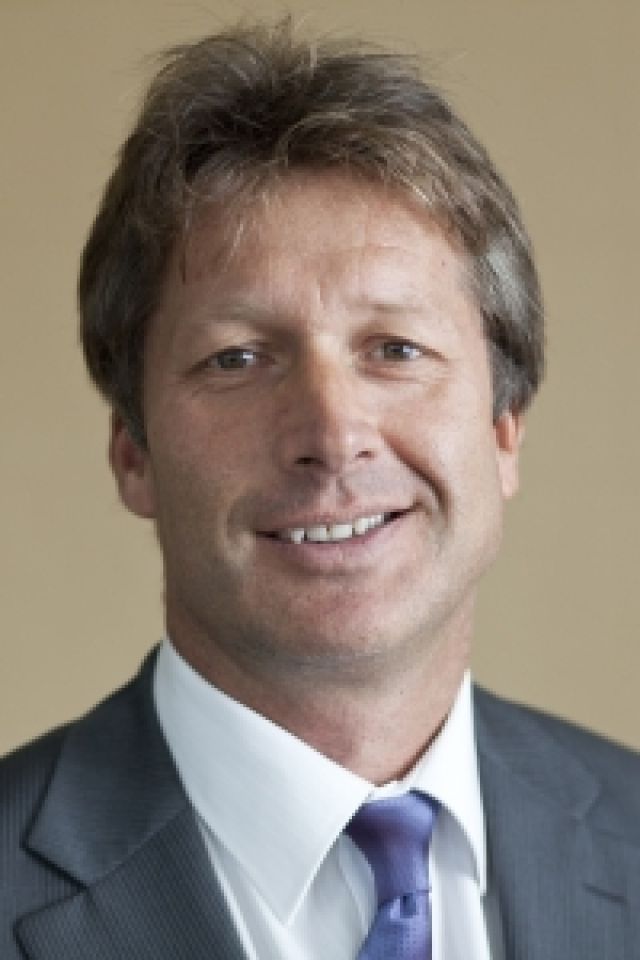
Dart Energy, the company that holds a licence to mine for coal seam gas in the Sydney basin, fronted a packed out meeting at Leichhardt Town Hall on August 1. But the CEO failed to convince the 250-strong crowd of the so-called green benefits of coal seam gas.
The meeting, organised by the NSW Greens, also featured a health professional and community campaigners that said coal seam gas was bad for humans and the environment.
They called for a moratorium on the industry — covering current and future mining — until more research had been done on the impacts of coal seam gas mining.
Dart CEO Robbert de Weijer and Ross Dunn of the Australian Petroleum Production and Exploration Association argued coal seam gas was safe. But they misjudged the extent of people’s concern about the notorious industry.
De Weijer also mistakenly assumed that the community’s concern only extended to plans to drill in the Sydney suburb of St Peters’ site and not the industry as a whole.
But no-one was placated when he said it was not “likely” Dart would drill in St Peters as there was heaps of coal seam gas to be exploited elsewhere.
In response to one question, Dunn, a former advisor to Liberal MP Ian MacFarlane, let slip that “drilling will, to varying degrees, impact on adjoining aquifers”.
He tried to qualify this with the remark: “The extent of impact and whether the impact can be managed is the question.”
De Weijer said coal seam gas was needed to meet energy demand into the 21st century. He showed a graph that projected a huge gap between energy demand and supply.
Coal seam gas, he repeated, was “the transition fuel” which could “co-exist sustainably with other activities”.
De Weijer said Dart uses “low intensity” in-seam drilling technology, which reduces the number of drill sites and uses less water than coal seam gas mining in Queensland.
He said Dart “doesn’t use fracking” — which involves blasting the coal seam with water and a toxic chemical mix at high pressure. However, Dart’s website says “geological variables” would determine whether it would use fracking.
De Weijer said “the ‘produced water’ [from the mining process] is not toxic — just salty — around 20% of the concentration of sea water”. He said farmers could use the water.
But Dr Helen Redmond from Doctors for the Environment disputed this claim. She said the waste water is not only salty but also contains toxic chemicals, heavy metals and radioactive compounds.

“Even small traces of the latter can have devastating consequences for human health and the environment,” she said.
Redmond said that a leak at an AGL coal seam gas well near the Sydney suburb of Glen Alpine had devastated the surrounding vegetation. “In NSW there are no formal requirements to test produced water, and so the companies wouldn’t even know what was in the produced water.”
Redmond also responded to De Weijer’s claim that coal seam gas was a “clean” transition fuel.
“Coal seam gas is cleaner than coal, but it is not clean,” she said.
“Methane [that escapes during the gas extraction process] is a more potent greenhouse gas than carbon dioxide. And coal seam gas production methods have a significant carbon footprint.”
She added that in the US, shale gas mining is now thought to cause more greenhouse gas emissions than burning coal for energy.
Redmond said the NSW government’s moratorium on new coal seam gas mines until the end of 2011 was not enough.
“Unconventional gas means unconventional methods of extraction. We do need a moratorium on coal seam gas mining — including all new coal seam gas mines — until the health risks are assessed. We need full mandatory disclosure. We also need a review of the water legislation and its use in the coal seam gas industry.”
Drew Hutton, president of Lock the Gate — a fast growing alliance of groups opposed to coal seam gas mining across Australia — urged the meeting to look beyond the two major parties.
He said: “The real political struggle is about community power. We’re the custodians of the land … our end point is a sustainable future.”
NSW Greens MP Jeremy Buckingham also refuted De Weijer’s claim that coal seam gas was a “transitional energy source”.
To loud applause, he said the NSW Greens did not believe gas was a transition fuel and that resources currently being ploughed into the coal seam gas industry “were being diverted from where they should be going — solar, wind and solar thermal power for base-load needs”.
Buckingham echoed the calls for a moratorium on the industry. He also dismissed Dart’s suggestion that the industry could “self-regulate”, pointing to the many documented cases where gas and other substances have leaked from drill sites.